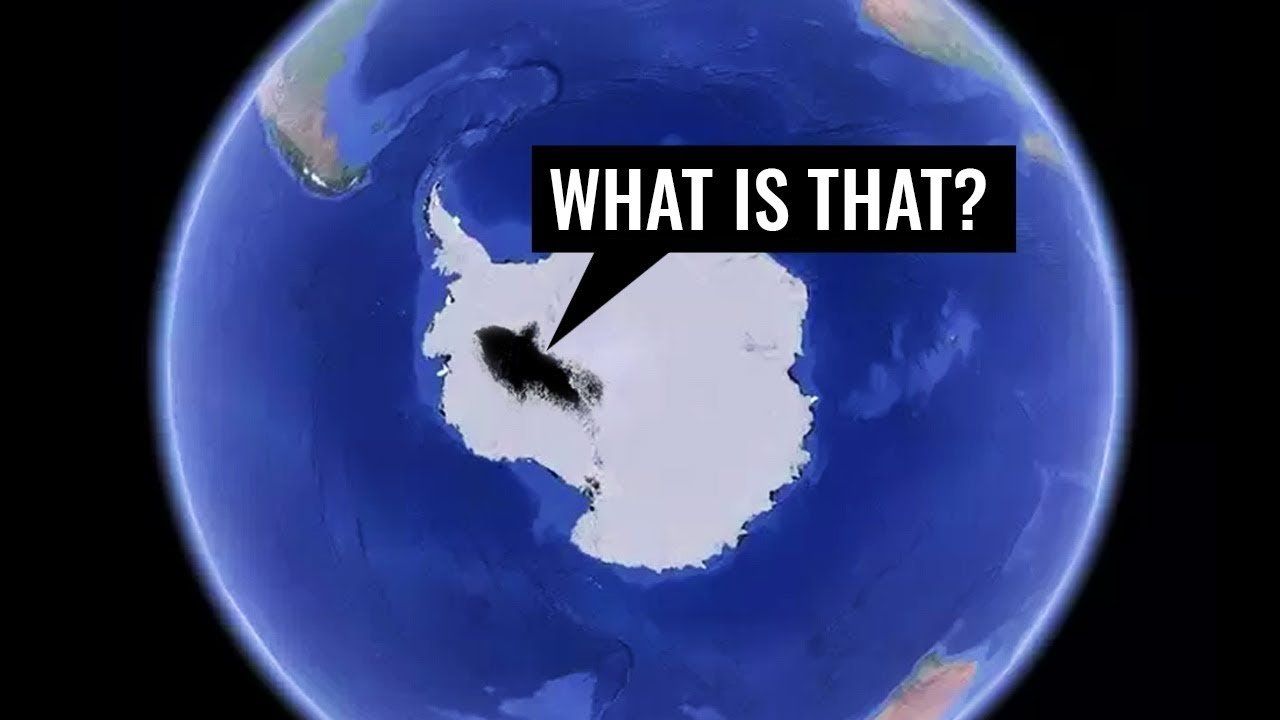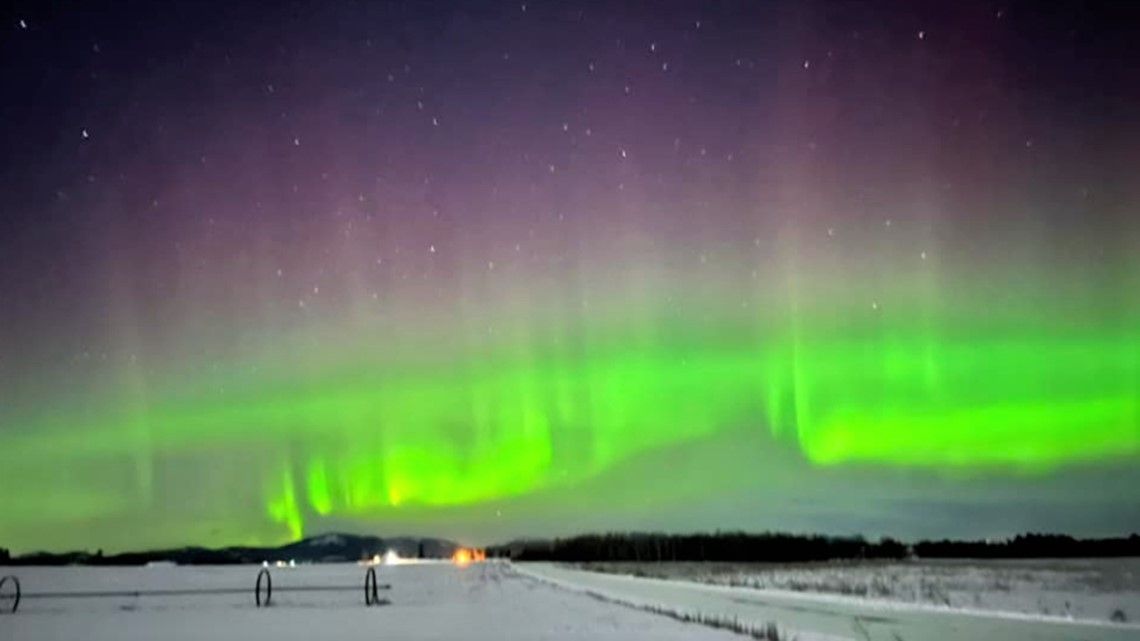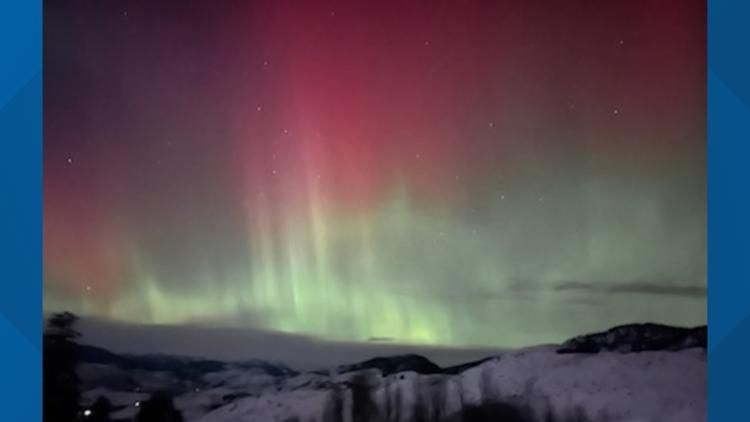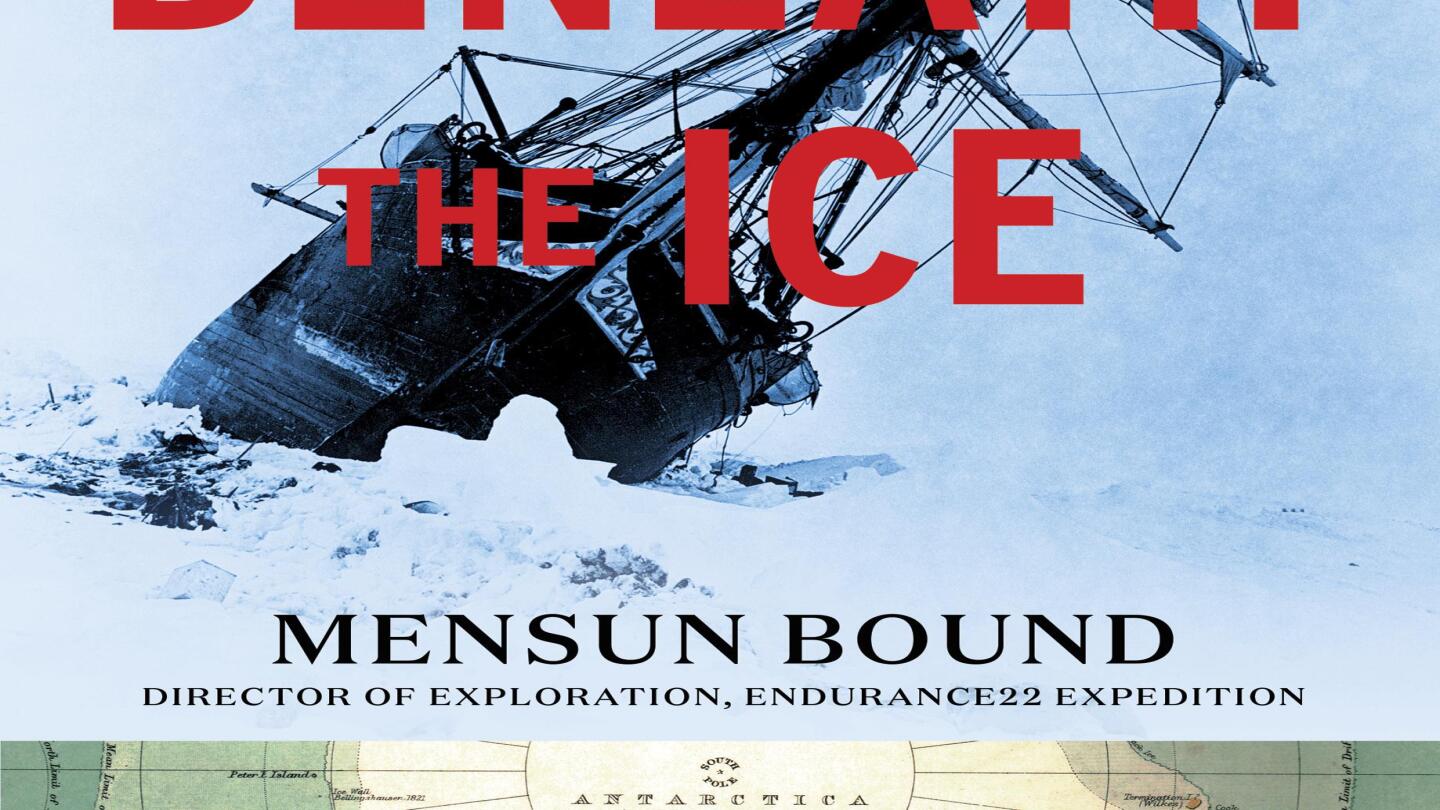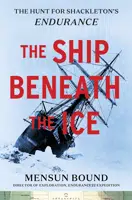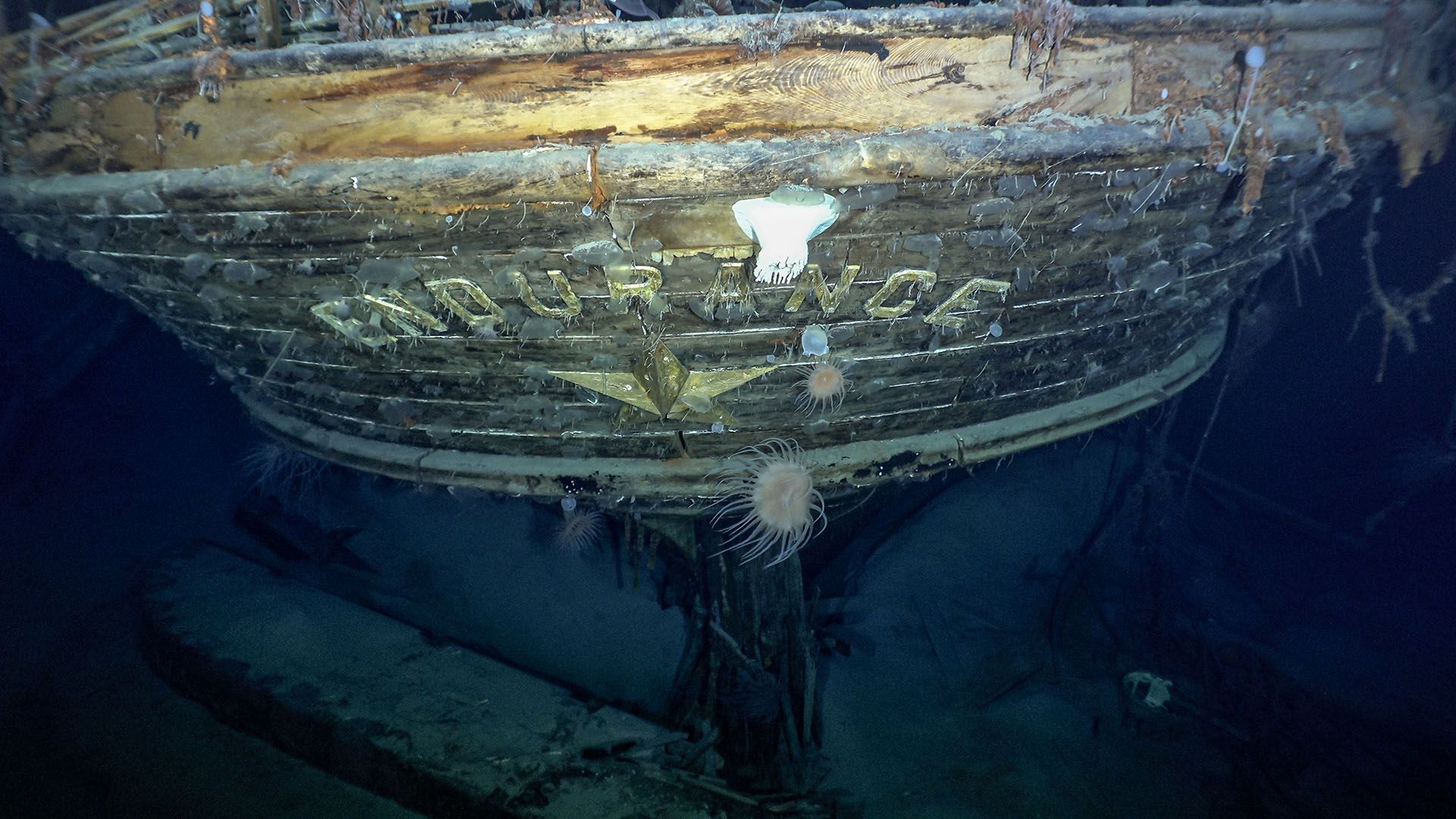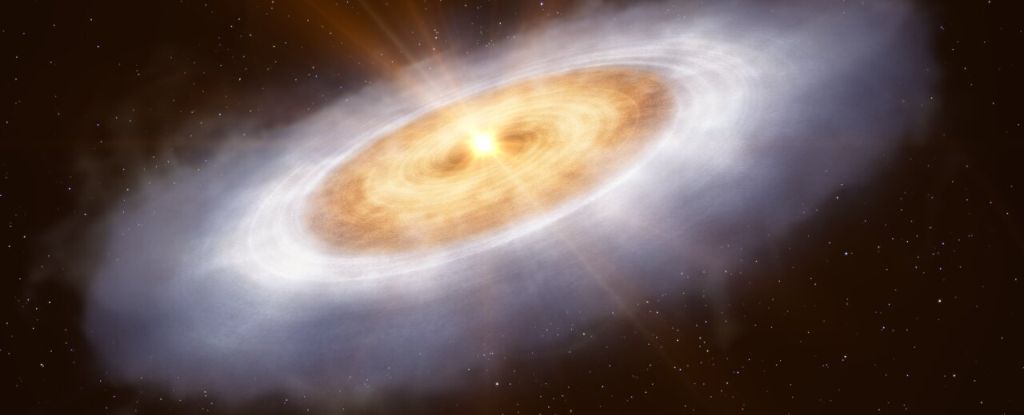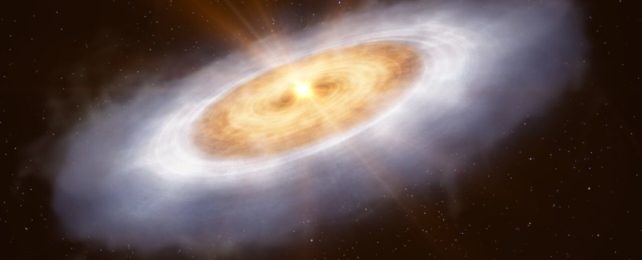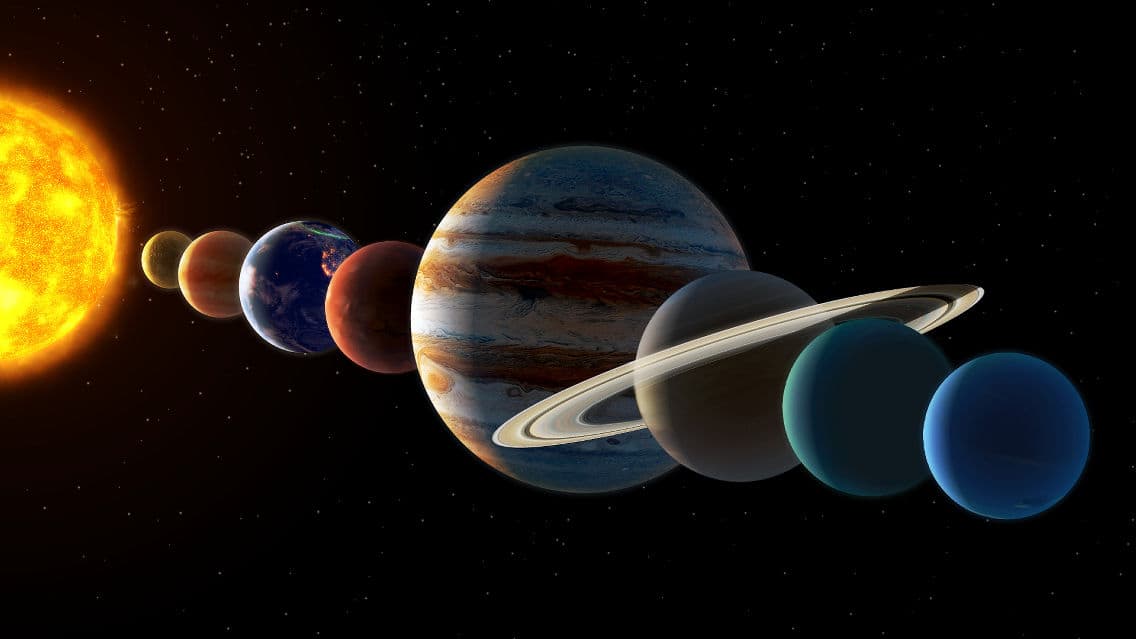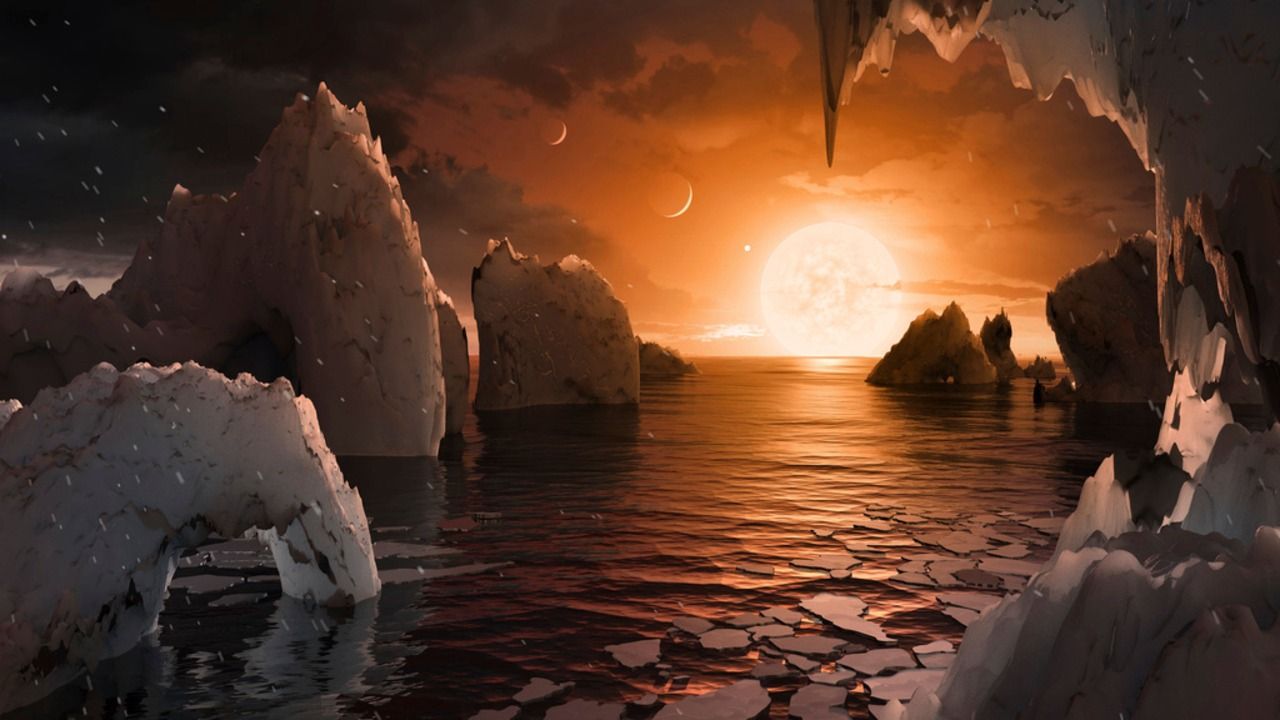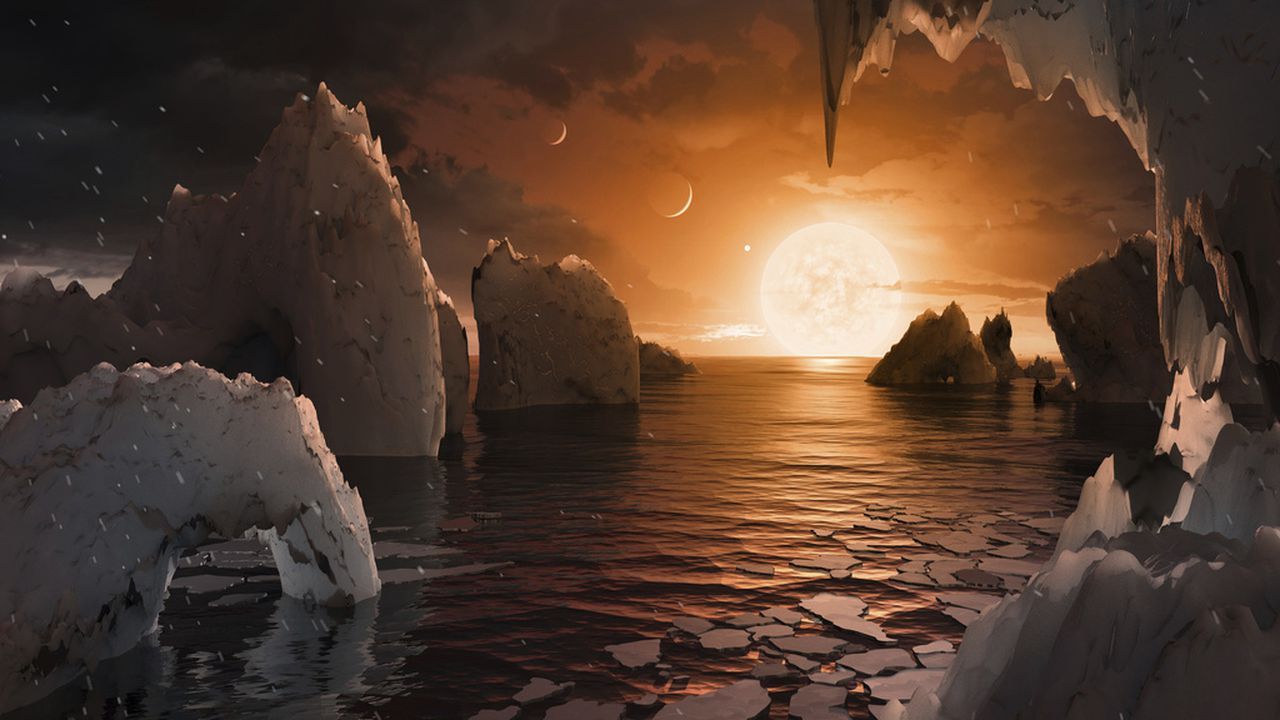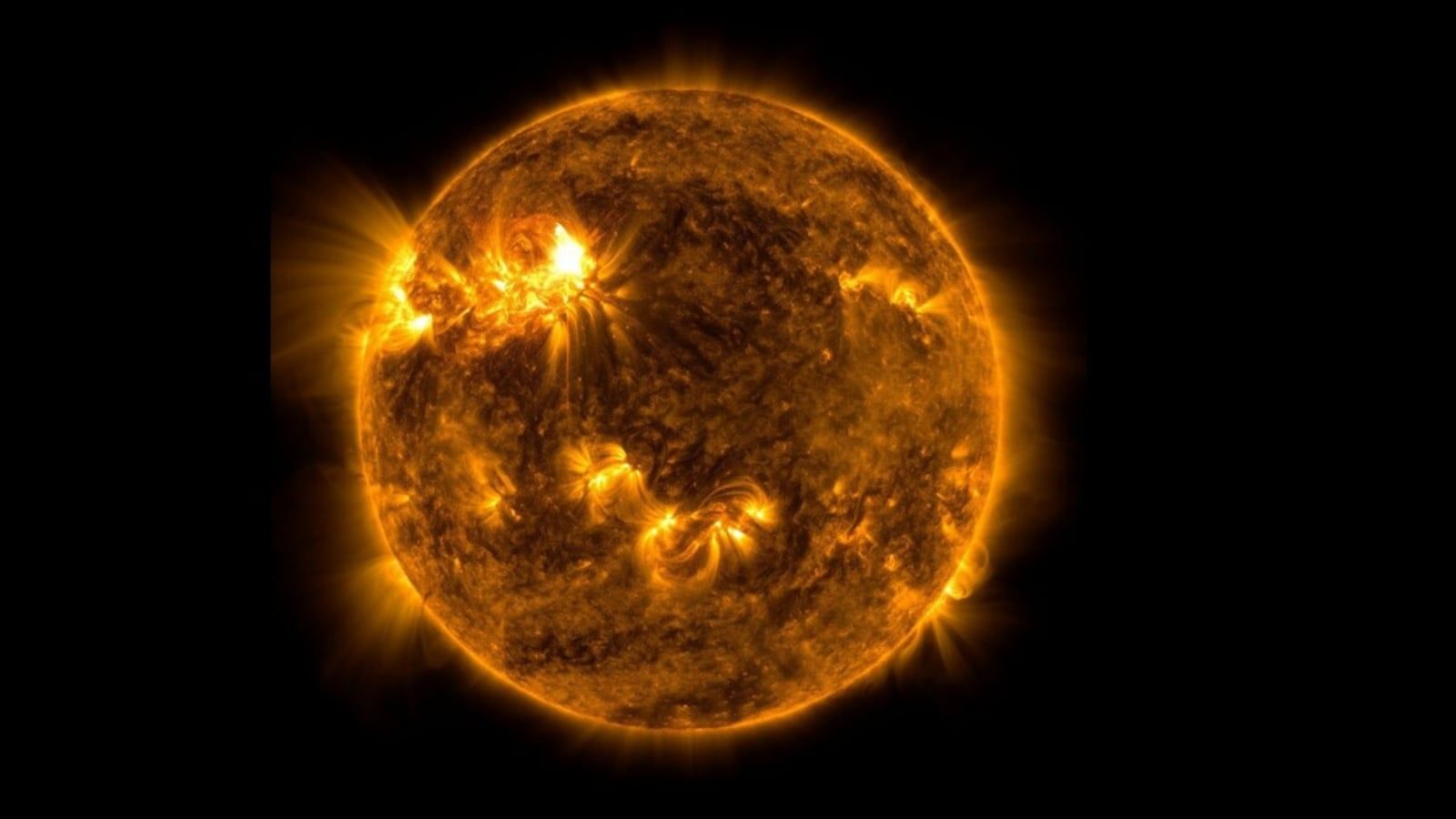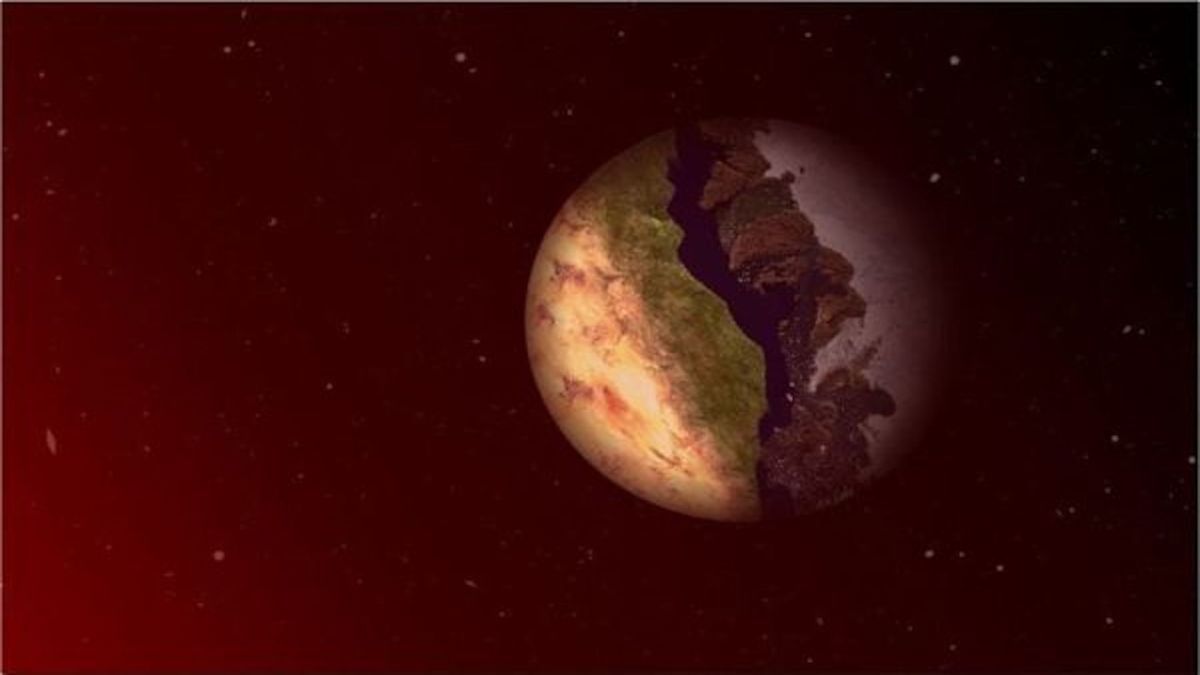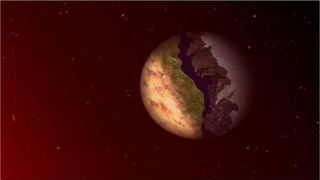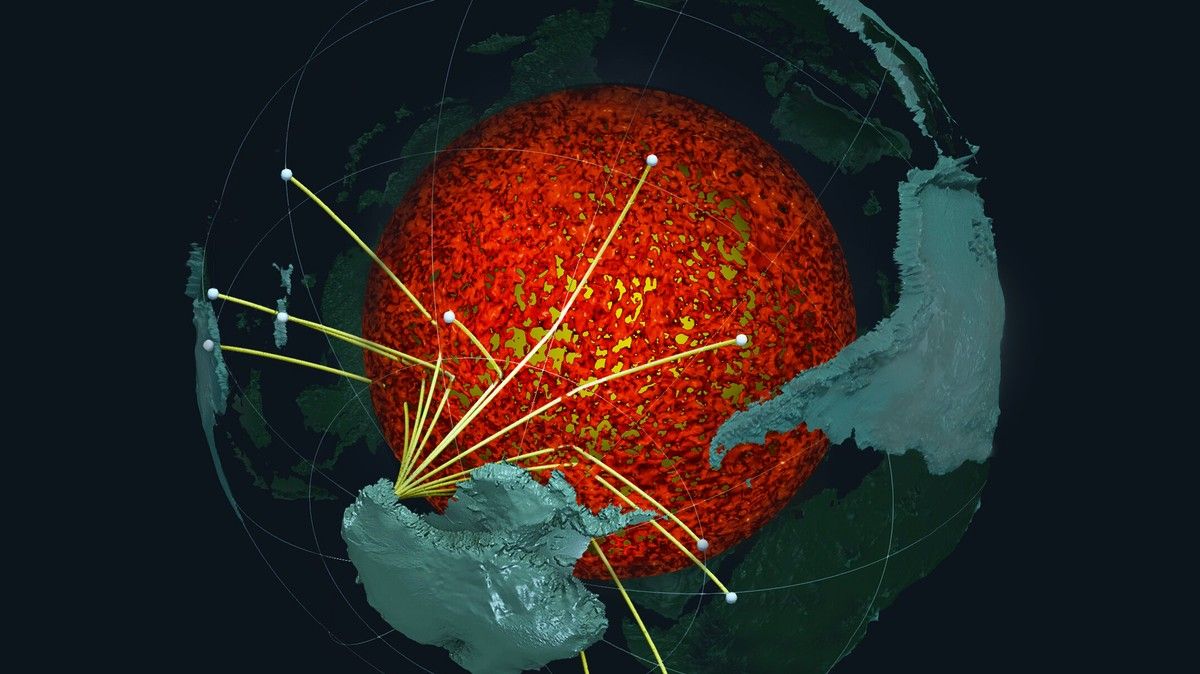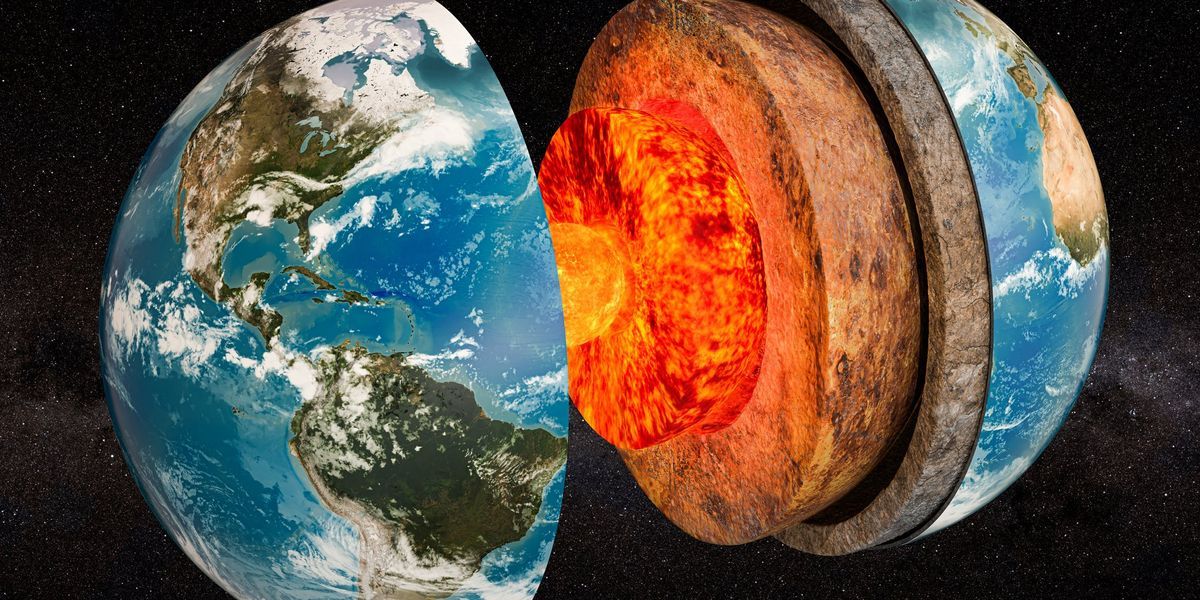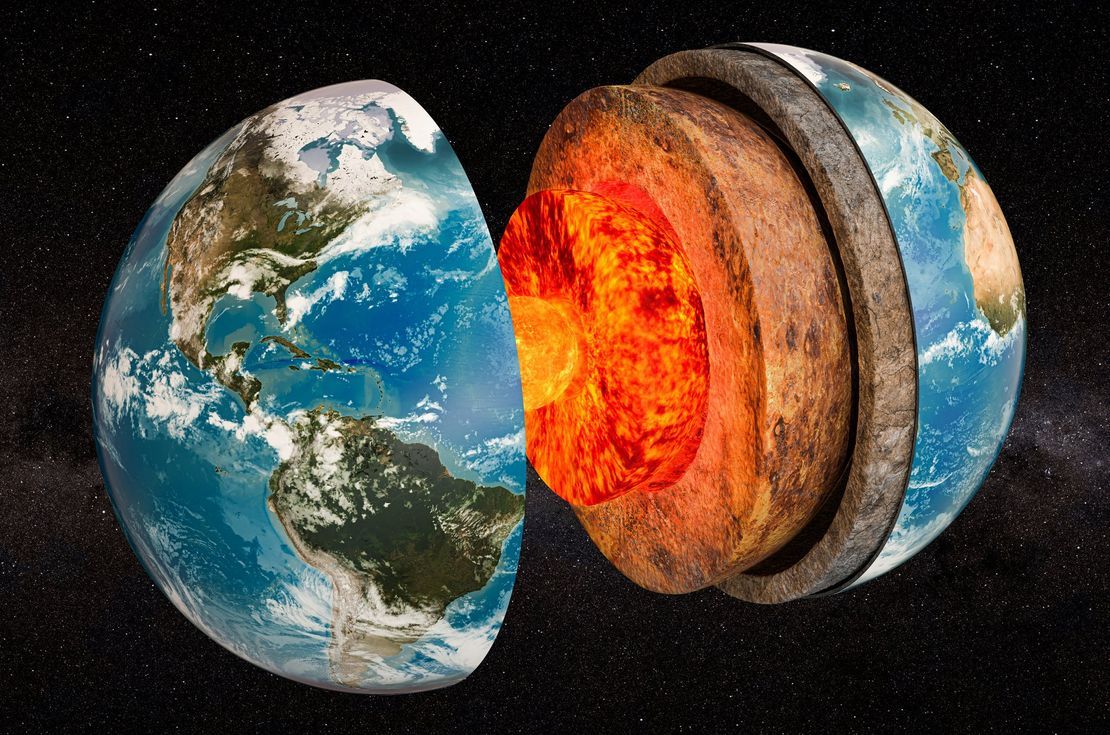“The Ship Beneath the Ice: The Discovery of Shackleton’s Endurance” by Mensun Bound (Mariner Books) That old proverb your mother taught you — “if at first you don’t succeed, try, try again” — applies to marine archaeology just as it does to other aspects of life.

apnews.com
This image released by Mariner Books shows "The Ship Beneath the Ice: The Hunt for Shackleton's Endurance" by Mensun Bound. (Mariner Books via AP)
“The Ship Beneath the Ice: The Discovery of Shackleton’s Endurance” by Mensun Bound (Mariner Books)
That old proverb your mother taught you — “if at first you don’t succeed, try, try again” — applies to marine archaeology just as it does to other aspects of life. That’s the lesson of a new work of nonfiction from Mensun Bound, one of the world’s foremost shipwreck hunters, who failed in 2019 to find Sir Ernest Shackleton’s “Endurance” on the bottom of Antarctica’s Weddell Sea, but succeeded three years later.
A history lesson for those not steeped in Shackleton lore: He’s the guy who lost the race to the South Pole in the first part of the 20th century, then became the guy who tried to sail across Antarctica via that same pole, only to abandon his ship when trapped in the ice.
The ship, named “Endurance,” broke apart under the crushing pressure and sank on Nov. 21, 1915, as Shackleton and his crew watched from a camp they set up on an ice floe about a mile away. Miraculously, they spent five months surviving on the ice before rowing three lifeboats almost 350 miles to an uninhabited island, where most of them stayed behind as Shackleton and a few mates navigated one of the lifeboats an additional 800 miles across open sea to reach South Georgia island, where their ill-fated journey began almost a year and a half prior. In the end, all 28 members of the crew, along with their diaries, survived to tell a story that captivated the world and created one of maritime history’s greatest mysteries: Where is the watery grave of the Endurance?
A long time ago I read a book about the Endurance. I might want to read this one.
edit
Where have I been? They found the Endurance in about 10,000 feet down in March 2022. Wow!
Endurance sank in the Antarctic in 1915 (Credit: Falkland Heritage Maritime Trust/National Geographic/Endurance22.org)
The
